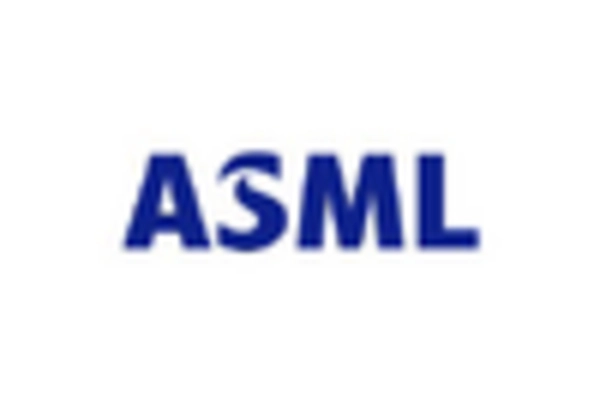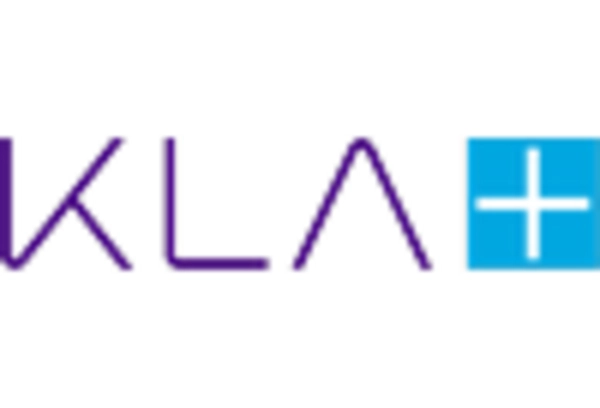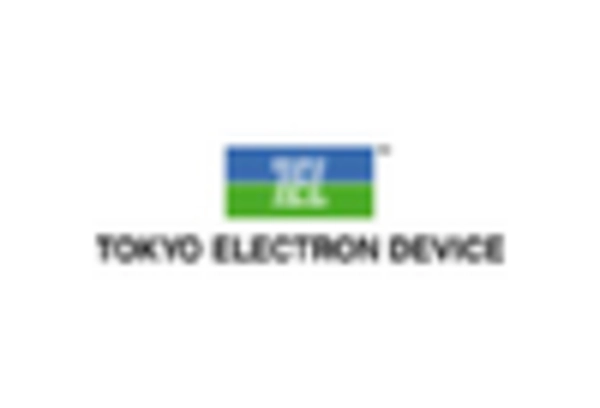Robotics in Semiconductor Market Summary
As per Market Research Future analysis, the Robotics in Semiconductor Market was estimated at 1.647 USD Billion in 2024. The Robotics in Semiconductor industry is projected to grow from 1.932 USD Billion in 2025 to 9.546 USD Billion by 2035, exhibiting a compound annual growth rate (CAGR) of 17.32% during the forecast period 2025 - 2035
Key Market Trends & Highlights
The Robotics in Semiconductor Market is experiencing robust growth driven by automation and technological advancements.
- North America remains the largest market for robotics in the semiconductor sector, reflecting a strong demand for automation.
- Asia-Pacific is emerging as the fastest-growing region, propelled by rapid industrialization and technological adoption.
- The hardware segment dominates the market, while the software segment is witnessing the fastest growth due to increasing integration of AI and machine learning.
- Key market drivers include rising demand for advanced semiconductor technologies and cost efficiency through automation.
Market Size & Forecast
| 2024 Market Size | 1.647 (USD Billion) |
| 2035 Market Size | 9.546 (USD Billion) |
| CAGR (2025 - 2035) | 17.32% |
Major Players
Applied Materials (US), ASML (NL), KLA Corporation (US), Tokyo Electron (JP), Lam Research (US), Nikon Corporation (JP), Advantest Corporation (JP), Teradyne (US)















Leave a Comment